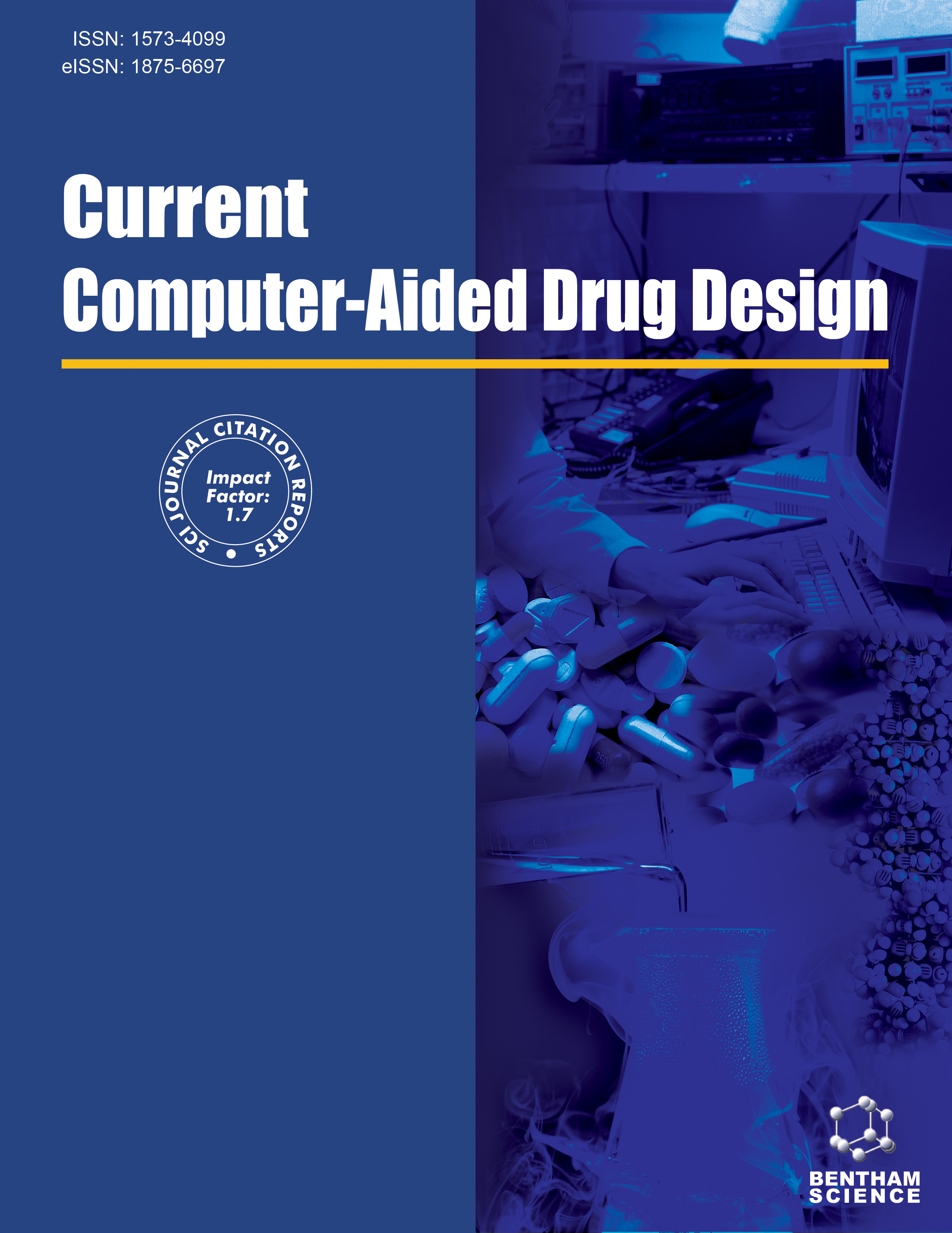-
s Current Status of Computer-Aided Drug Design for Type 2 Diabetes
- Source: Current Computer - Aided Drug Design, Volume 12, Issue 2, Jun 2016, p. 167 - 177
-
- 01 Jun 2016
- Previous Article
- Table of Contents
- Next Article
Abstract
Background: Diabetes is a metabolic disorder that requires multiple therapeutic approaches. The pancreas loses its functionality to properly produce the insulin hormone in patients with diabetes mellitus. In 2012, more than one million people worldwide died as a result of diabetes, which was the eighth leading cause of death. Objective: Most drugs currently available and approved by the U.S. Food and Drug Administration cannot reach an adequate level of glycemic control in diabetic patients, and have many side effects; thus, new classes of compounds are required. Efforts based on computer-aided drug design (CADD) can mine a large number of databases to produce new and potent hits and minimize the requirement of time and dollars for new discoveries. Methods: Pharmaceutical sciences have made progress with advances in drug design concepts. Virtual screening of large databases is most compatible with different computational methods such as molecular docking, pharmacophore, quantitative structure-activity relationship, and molecular dynamic simulation. Contribution of these methods in selection of antidiabetic compounds has been discussed. Results: The Computer-Aided Drug Design (CADD) approach has contributed to successful discovery of novel antidiabetic agents. This mini-review focuses on CADD approach on currently approved drugs and new therapeutic agents-indevelopment that may achieve suitable glucose levels and decrease the risk of hypoglycemia, which is a major obstacle to glucose control and a special concern for therapies that increase insulin levels. Conclusion: Drug design and development for type 2 diabetes have been actively studied. However, a large number of antidiabetic drugs are still in early stages of development. The conventional target- and structure-based approaches can be regarded as part of the efforts toward therapeutic mechanism-based drug design for treatment of type 2 diabetes. It is expected that further improvement in CADD approach will enhance the new discoveries.


